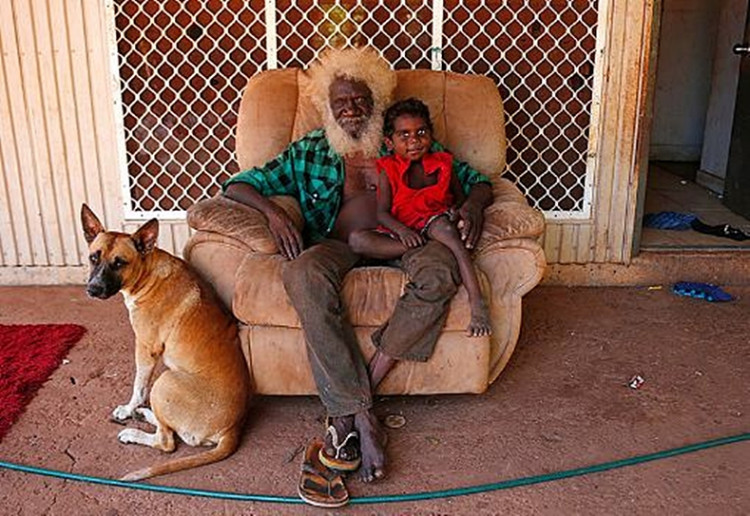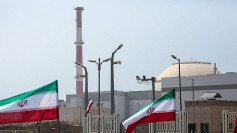The number of Australians living in poverty continues to rise despite 27 years of unbroken economic growth that's given Australia the world's 10th highest per capita income. Australia is also the world's second wealthiest country in terms of wealth per adult.
A new report, Poverty in Australia 2018, released by the Australian Council of Social Service (ACOSS) reveals that over three million people (13.2% of Australia's population of 25 million) live below the relative poverty line. There are 739,000 children (17.3% of children) included in this total.
The report shows, alarmingly, that one in eight Australian adults and more than one in six children are living in poverty. Many of these unfortunate people are living in "deep poverty," meaning they're paid a massive A$135 per week below the poverty line on average.
Poverty is today a consistent feature of Australian life. "Are we prepared to accept this?" asks Cassandra Goldie, ACOSS CEO.
She pointed out those experiencing poverty at the highest rates are those unable to get paid work. These people rely on Youth Allowance and Newstart (both are welfare payment systems) to keep body and soul together.
The government claims that poverty in Australia is not the problem. "They are wrong," said Goldie.
She argues that people on the lowest incomes cannot afford to pay for the very basics of life such as housing, food, energy, and health.
Australia defines the poverty line as a single adult living on less than A$433 a week. This comes to A$909 for a couple with two children before housing costs. Australia sets its relative poverty line at 50% of median household disposable income.
Goldie contends Australia needs a "circuit-breaker" to mitigate its endemic poverty problem. Among these circuit breakers are a complete overhaul of Australia's employment services and a commitment to "full employment."
It will also help if the government were to guarantee at least two days a week of early childhood care and education for every child.
A major reason Australia's poverty rate remains quite high is the low level of social security payments. Data shows that 53 percent of people living below the poverty line in Australia rely on social security as their main source of income. Most poor Australians, however, receive income support payments from the government that aren't enough to get them past the poverty line.
Australia's overall poverty rate has fluctuated from 11.5 percent and 14.4 percent between 1999-2000 and 2015-16. Child poverty is even far worse. It fluctuated between 14.3 percent and 18.6 percent from 1999 to 2015. It now stands at a scandalous 17.3 percent.
In 2016, an ACOSS report revealed the growth of poverty in Australia. An estimated 2.9 million people or 13.3% of all people lived below the internationally accepted poverty line. The report also estimated there were 731,000 children in poverty. Of this percentage, 17.5% of children under the age of 15 are in poverty
Australia lacks a poverty reduction plan and does not have "regular monitoring and reporting by governments on progress to address poverty," said Prof Peter Saunders from the University of New South Wales, who is the lead researcher of the Poverty in Australia study.
Founded in 1956, ACOSS is an Australian organization that advocates action to reduce poverty and inequality. The data for the 2018 report was accumulated from 2015 to 2016, the most recent year for which data is available.






